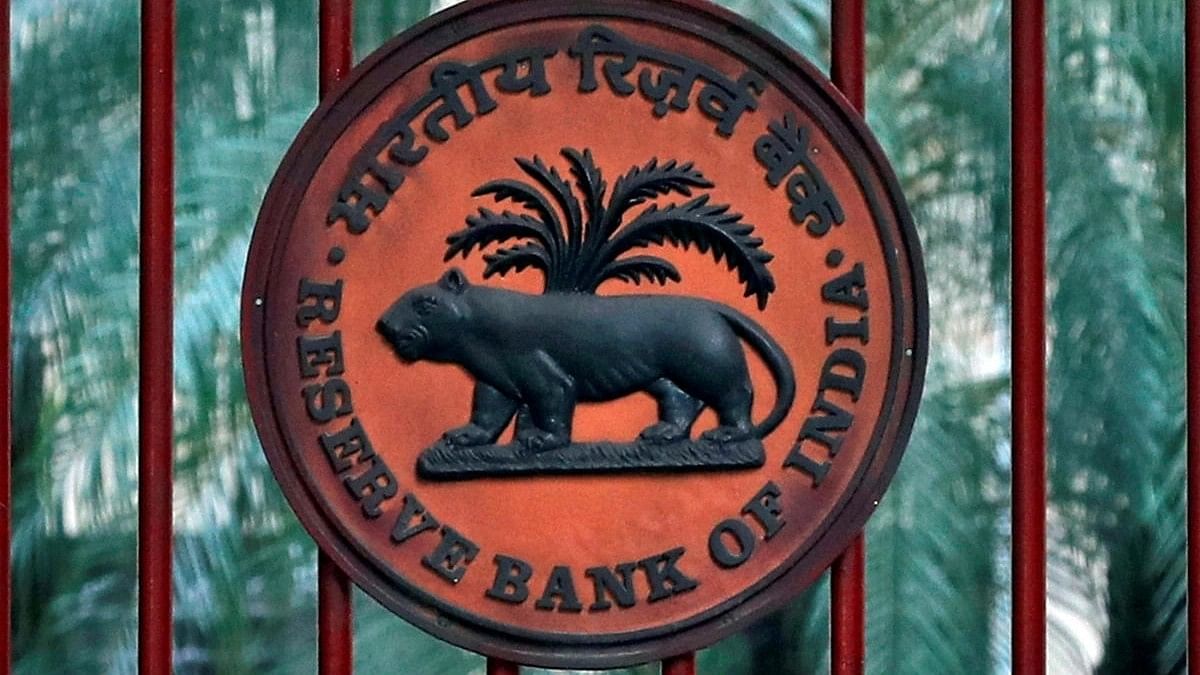
The Reserve Bank of India (RBI).
Credit: Reuters File Photo
Reserve Bank of India (RBI) Governor Shaktikanta Das recently gave a speech at the Mint BFSI Summit. In the speech, Das discussed how India’s economic ship navigated through the recent banking crisis, and ushered in reforms to avoid crises in future.
The speech starts with Das noting that “Not very long ago, the Indian banking sector was beset with a host of issues”. In 2018, 11 banks were under Prompt Corrective Action. The banks faced a high level of Non-Performing Assets (NPAs) and the return on assets turned negative. The banking crisis was followed by the failure of a major Non-Banking Financial Company (NBFC), an urban co-operative bank and a housing finance company triggering further fears of a meltdown. The 2020 pandemic added to the woes as it disrupted the entire economy and financial markets. The recent rise of geopolitical uncertainty after the Russia-Ukraine only compounded matters.
The RBI had to not just take charge but also reform the banking system amidst these trying times. Given the crisis extended to most of the entities, it also required a much wider reform.
The central bank navigated the banking crisis using both fire-fighting measures to resolve immediate issues and long-term measures for reforming the system.
The fire-fighting measures comprised ready liquidity measures to the banking system, especially during the pandemic. During the pandemic, liquidity support measures worth 8.7 per cent of the GDP were announced. The policy rate and cash reserve ratio (CRR) were reduced by 115 and 100 bps respectively. The central banks also provided immediate debt service relief to borrowers by giving a moratorium on the repayment of loans to all eligible borrowers for six months from March 2020.
For long-term reforms, Das listed measures in six major areas.
First, improving governance in regulated entities (RE). The RBI noted that quality of governance was lacking in most entities. Good governance works towards identifying risks beforehand and crises can be avoided. It issued detailed guidelines for enhancing the quality of governance in all the REs.
Second, taking measures to develop credit markets. The major banks have established a self-regulatory body named the Secondary Loan Market Association (SLMA). The SLMA will standardise documentation and market practices, set up the market infrastructure and promote growth, liquidity, and efficiency of the secondary market. The central bank also put up a framework for greater investor participation in stressed loans.
Third, building proactive macroprudential measures to avoid a build-up of risks in the banking sector. Recently, there were concerns about the high growth in consumer credit. The central bank acted by asking banks and the NBFCs to have higher risk weights on consumer credit.
Fourth, nurturing a sustainable digital lending landscape. While demand for digital lending increased significantly, it also led to risks. There was a policy dilemma of balancing fintech innovations and regulatory concerns. The bank issued guidelines on digital lending and the First Loss Default Guarantee (FLDG). To widen the reach of digital banking services, the concept of Digital Banking Units (DBUs) was also introduced where commercial bank branches will provide digital banking services.
Fifth, pushing sustainable finance initiatives for addressing climate risks. The RBI has institutionalised sustainable finance groups to brainstorm ideas with the REs on building sustainable finance.
Sixth, to make regulations with a focus on the customer. The central bank has enacted an Integrated Ombudsman Scheme (RB-IOS) as a one-stop, cost-free touch point to redress customer grievances about key segments of the RBI’s REs. The bank has also acted to ensure the avoidance of intimidation or harassment of customers by recovery agents.
Apart from reforming the banking system, the RBI has also strengthened its regulation and supervision processes. Earlier, it had two departments for regulation and supervision. Each department was further divided into three sub-departments: commercial banks, urban co-operative banks, and the NBFCs. The central bank unified the three sub-departments to make one department for regulation and a department for supervision for better oversight.
The RBI has also strengthened both onsite and offsite supervision using data analytics for early warning signals (EWS). The EWS helped track the growing risks in consumer credit markets leading to macroprudential regulation. The bank has also sharpened its focus on emerging risks from information technology and cybersecurity.
The RBI has covered a vast ground in terms of reforming the banking system. The crisis required fixing governance, credit systems, and macroprudential regulation. However, it has gone beyond and worked on digital lending, green finance, and the often-ignored consumer orientation. The RBI has also looked within and reformed its functioning of regulation and supervision.
They say crisis is the best teacher. The RBI seems to have learnt from the crisis and tried to reform the banking and regulatory system. While no reform agenda is foolproof as new risks emerge surprising the existing system pushing for new reforms. It is just that the reforms today do help mitigate the impact of new risks as and when they occur.
(Amol Agrawal is an economist teaching at Ahmedabad University.)
(Disclaimer: The views expressed above are the author's own. They do not necessarily reflect the views of DH.)